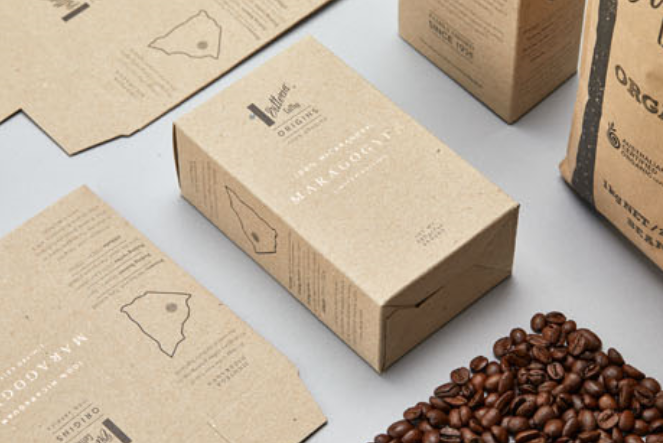THE CASE FOR CARDBOARD PACKAGING

At CCS Packaging, we are putting forward the argument for cardboard packaging solutions, as opposed to plastic packaging solutions. Both cardboard and plastic have their place in the packaging space, and some products, such as fresh meat and pharmaceutical supplies may have a component of plastic to their packaging for hygiene, supply chain purposes, and storage reasons.
However, in lieu of specific requirements, we believe that pulp-based packaging (such as cardboard) is the way to go moving forward. Particularly in Australia, new legislation banning single-use plastics by 2025 will rapidly shift the packaging landscape, as various industries adapt to meet this deadline.
1. CONSUMER PERCEPTION
To begin with, consumers are increasingly showing a preference for cardboard-based packaging. A recent study showed that consumers in the UK had an overwhelming preference for cardboard packaging, due to it being better for the environment, easier to recycle, and able to be composted at home.
Additionally, 34% of consumers believed that it was the responsibility of brands, retailers, and supermarkets to shift to more responsible packaging solutions.
Australian brands and retailers are catching onto this, with retailers such as Coles recently completely banning single-use plastic utensils from shelves, and FMCG manufacturers such as Unilever developing cardboard-based packaging to replace plastic packaging in ways not seen before – such as cardboard-based packaging that can store liquids.
2. BIODEGRADABILITY
In an ideal world, all plastic packaging would be made from basic plastics like PET or HDPE, and consumers would have the knowledge and access to dispose of this packaging in the appropriate recycling streams after use. However, it is estimated that only 9% of all plastic ever manufactured has been recycled, most of it ending up in landfill or in the environment, taking hundreds of years to break down.
Since plastic started being manufactured six decades ago, there has been about 8.3 billion metric tonnes produced – most of which is sitting in landfill, or our oceans and environment. Half of all plastic ever made has occurred in the last 13 years – predominantly driven by plastic packaging.
When plastic breaks down in the environment, it turns into toxic microplastics, and leeches toxic chemicals into our environment. Recently, evidence has shown that microplastics have entered the human food chain, as marine life ingests microplastics that currently dominate the ocean landscape, and plants absorb microplastics in their roots.
An advantage that clean paper and board packaging have over plastic in this regard, is that even if, for example, a cardboard box does not make it into the appropriate recycling, compost or general waste bin, and is discarded in the environment, it will still break down within 2- 6 months.
3. RECYCLABILITY
Paper based packaging is easier to recycle than plastic packaging, and has higher rates of recycling success. Paper has the highest rate of recycling in the world – for example, in Europe, 84% of paper packaging is recycled. Only 42% of plastic packaging is recycled in Europe.
4. COMPOSTABILITY
Paper is generally able to be compostable, in both a home and industrial environment. Some plastics are claiming to be compostable, but unless they adhere specifically to standards (AS 4736:2006 for industrial composting, and AS 5810:2010 for home composting), companies cannot claim this. Currently, many consumer products are falsely claiming their packaging is ‘compostable’. This is a grey area of legislation that bodies such as APCO are working on to clear up with government and legislators.
5. CARBON FOOTPRINT
A cradle-to-grave analysis by Pro Carton compared carboard packaging to polymer packaging, taking into consideration GHG and fossil fuel emissions. They found that in each case study they conducted, the impact of cardboard-based packaging was lower than that of plastic.
Overall, the advantages for paper and board based packaging are strong, and we are proud to have such a strong track record of pulp based packaging manufacturing in Australia.
If you would like to discuss sustainable packaging options with us, or shift to more sustainable packaging, we are more than happy to consult on the process. Contact us today.